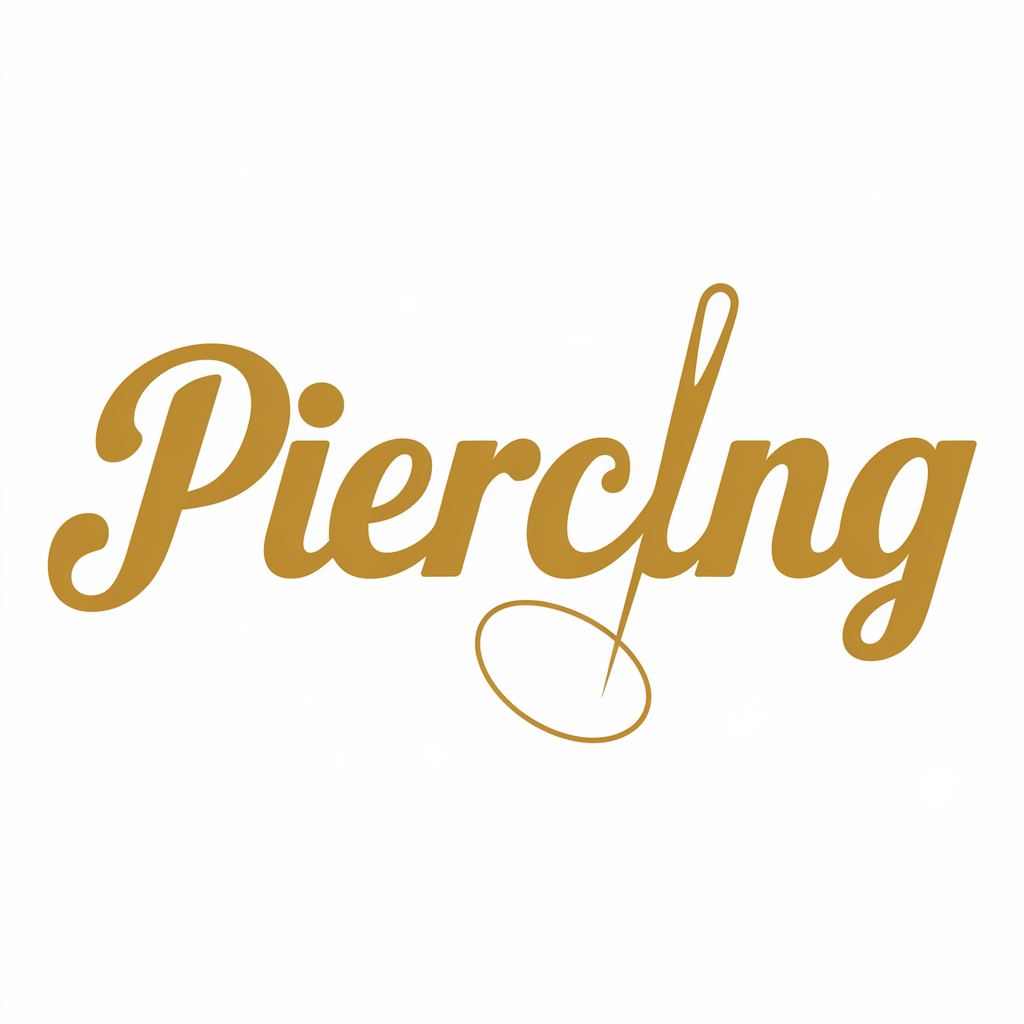Understanding Anti-Helix Ear Piercing
Anti-helix ear piercing, also known as snug piercing, is a trendy and stylish form of body modification that involves piercing the cartilage along the inner ridge of the ear. This type of piercing has gained popularity for its unique placement and aesthetic appeal. However, it’s important to understand that anti-helix piercings require careful consideration and proper care to ensure a successful and comfortable healing process.
Preparation and Considerations
Before getting an anti-helix piercing, it’s crucial to do your research and find a reputable piercing studio with experienced professionals. To keep in mind here are a few important considerations:
Choosing a Piercing Studio
When selecting a piercing studio, look for establishments prioritizing cleanliness and hygiene. Make sure the studio follows proper sterilization procedures and uses high-quality, hypoallergenic jewelry to minimize the risk of infections and allergic reactions.
Consultation with a Piercer
Schedule a consultation with a professional piercer to discuss your desired piercing and any concerns you may have. During the consultation, the piercer will assess your ear anatomy to determine if you’re a suitable candidate for an anti helix piercing. They will also offer advice on how to take care of yourself following the treatment and any possible hazards.
Pain and Healing Time
It’s essential to be aware that anti helix piercings can be more painful than standard earlobe piercings due to the thicker cartilage in the area. The healing time for anti helix piercings typically ranges from six to twelve months, during which proper aftercare is crucial to prevent complications and promote healing.
The Piercing Process
Preparation
Before the piercing procedure begins, the piercer will cleanse the area around your anti-helix to remove dirt or bacteria. They will then mark the precise placement of the piercing using a surgical pen or marker to ensure accuracy and symmetry.
Piercing Technique
Once the placement is marked, the piercer will use a sterile hollow needle to create the piercing. The process involves a quick and controlled motion to minimize discomfort and trauma to the surrounding tissue. After the needle is inserted, the piercer will swiftly follow through with the insertion of the jewelry, which may be a captive bead ring or a straight barbell, depending on your preference.
Aftercare Instructions
After the piercing procedure is complete, the piercer will provide detailed aftercare instructions to promote proper healing and minimize the risk of infection. These instructions typically include:
Cleaning: Gently clean the piercing twice a day using a saline solution or mild saline soap to remove crust and debris.
Avoiding Irritants: Avoid touching the piercing with dirty hands or exposing it to harsh chemicals, such as hair products or skincare ingredients.
Avoiding Trauma: Be mindful of activities that may put pressure on or traumatize the piercing, such as sleeping on it or wearing headphones.
Potential Risks and Complications
While anti helix piercings can be a stylish and unique addition to your ear jewelry collection, it’s essential to be aware of the potential risks and complications associated with the procedure. Some common issues include:
Infection: Bacterial infections can occur if proper aftercare protocols are not followed or if the piercing is exposed to dirty environments.
Migration and Rejection: The body may migrate or reject a piercing if it thinks of it as a foreign object and tries to force it out.
Keloids: Keloid formation, which is the overgrowth of scar tissue, can occur in predisposed individuals, causing raised, discolored bumps around the piercing site.
Conclusion
Anti-helix ear piercing is a fashionable and visually striking form of body modification that requires careful consideration and diligent aftercare. You can have a nice and painless piercing experience by selecting a trustworthy piercing studio, speaking with knowledgeable experts, and adhering to the recommended aftercare routine. Remember to be patient during the healing process and prioritize your ear’s health and well-being.

